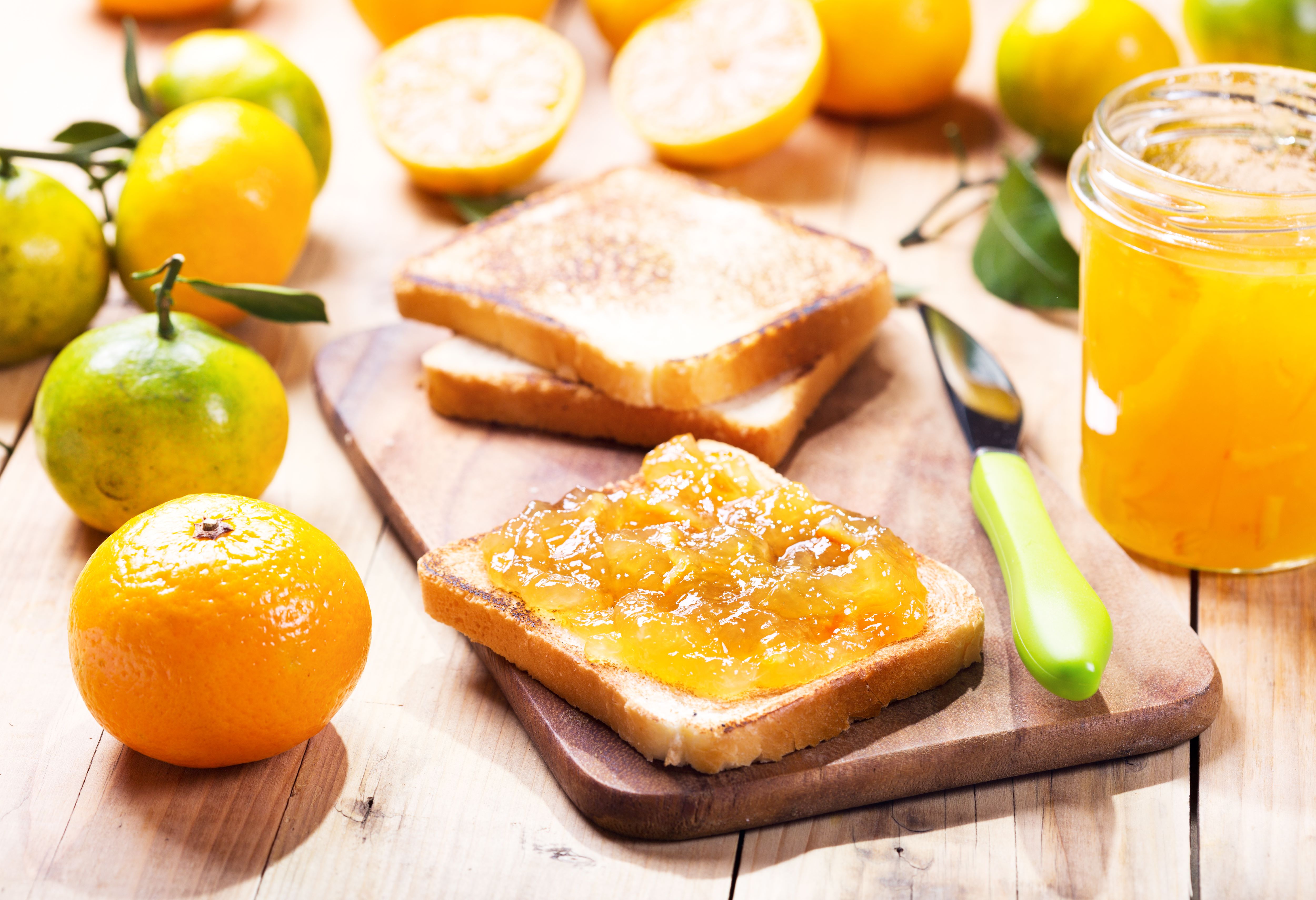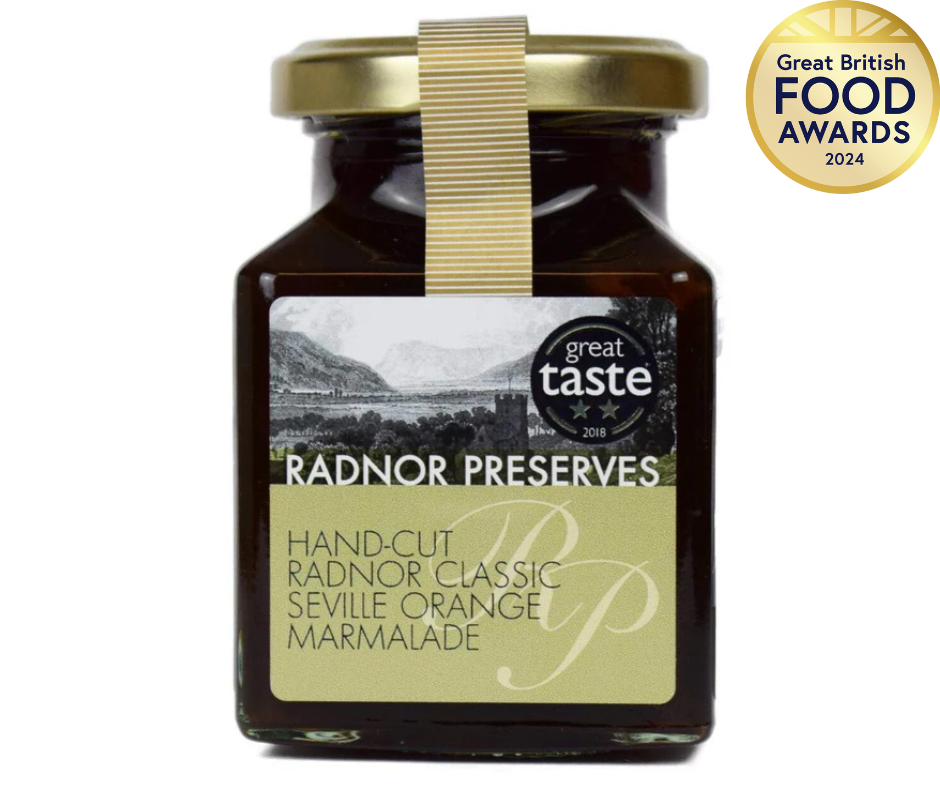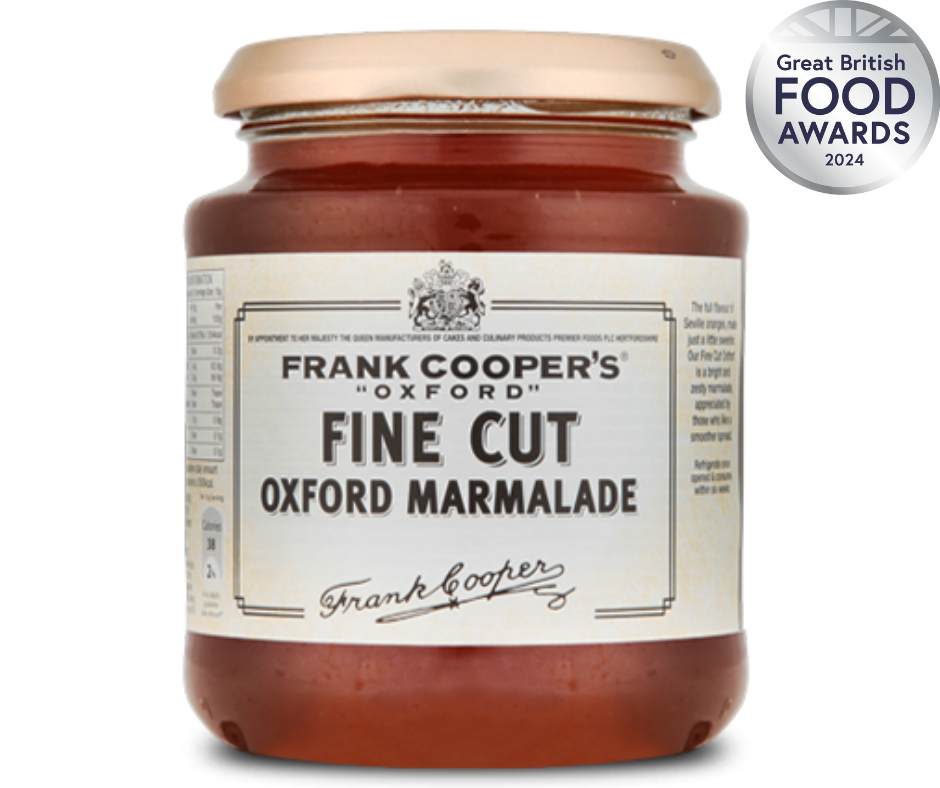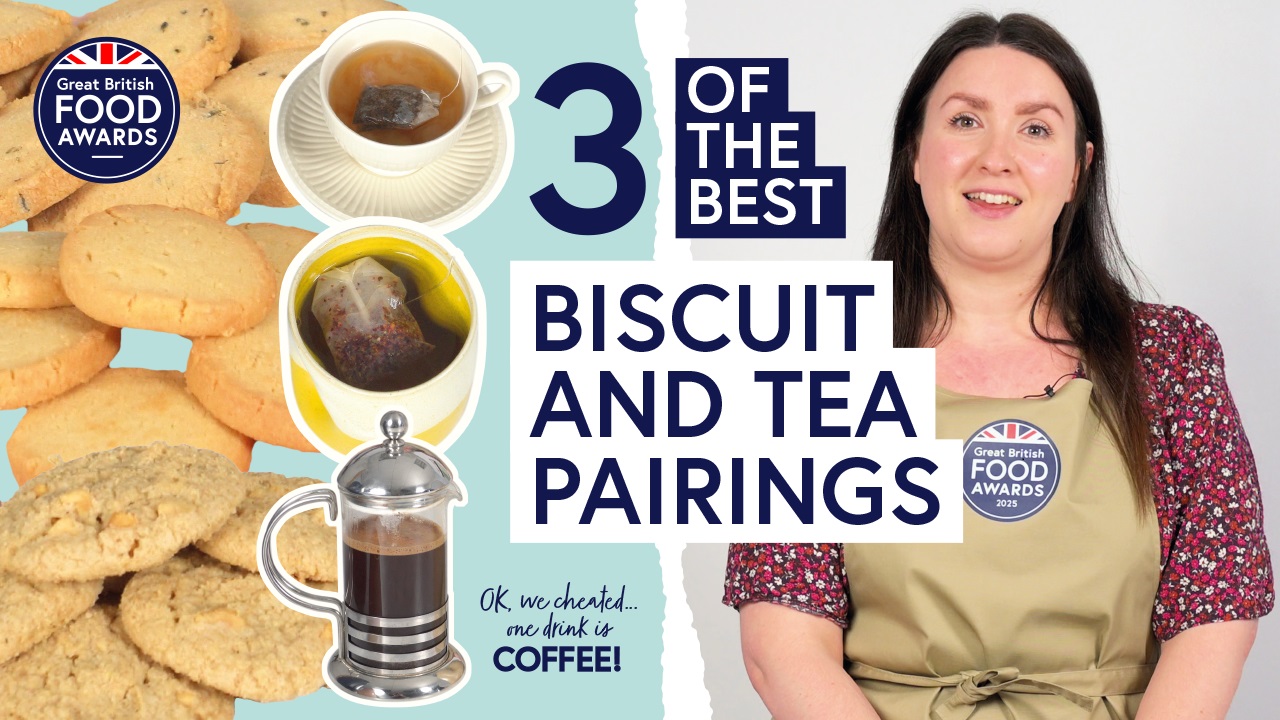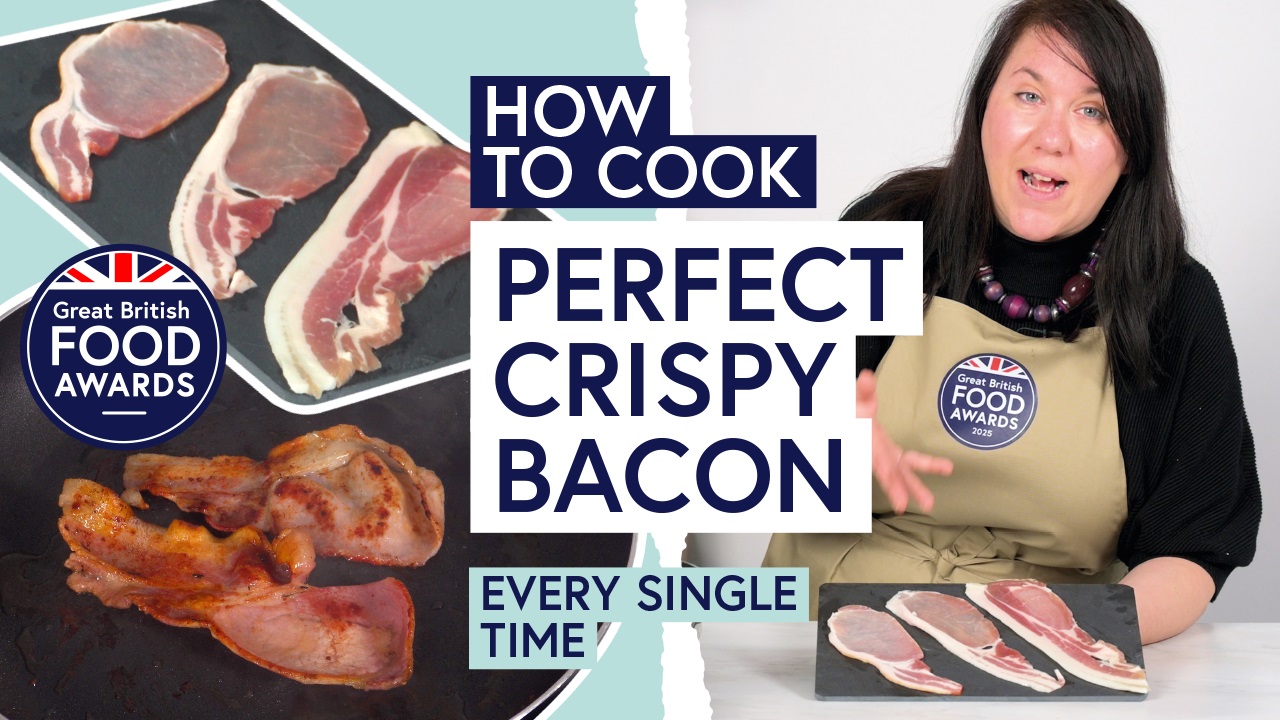Is any breakfast table truly complete without a jar of marmalade? This tangy spread is a mainstay in our kitchen cupboards, and for good reason. When made well, the best marmalades showcase a rich depth of zingy flavours, with a subtle tang of bitterness to balance the sweetness, and a delicious, distinct aroma of citrus tones. And, of course, we can’t forget it’s also loved by one of Britain’s most iconic bears – Paddington.
But what’s the best marmalade to buy, and how else can you use it in your cooking? We answer all your questions below and reveal the best types to buy, including the best orange marmalades on the market.
What’s the difference between jam and marmalade?
Jam and marmalade are often talked about in tandem, and although they do have lots in common, they also have some important notes of distinction.
As we all know, jams and marmalades both feature two key ingredients: fruit and sugar, but it’s the type of fruit and the parts of fruit used that sets them apart. While jam tends to be made from fruits such as strawberries, raspberries, plums or tomatoes, marmalade is made with citrus fruits and includes the rind as well as the fruit and pulp. For this reason, jams tend to taste sweeter and slightly smoother than marmalades, which are often chunkier and feature a complex flavour profile with a hint of tangy bitterness.
Interestingly, the name marmalade actually comes from the Portuguese word for quince – marmelo – and the very first marmalade recipes are believed to have been made using quinces. Over time, as oranges became more readily available, the main ingredient switched – but the name remained.
How is marmalade made?
Marmalade is made by simmering your chosen fruit (usually oranges, and often Seville oranges in particular) with water and sugar. Some recipes also suggest using lemon zest and juice too.
An easy way to prepare the fruit ready for simmering (depending on whether you like your marmalade chunky or fine) is to pulse it in a food processor to help puree the pulp and ensure the rind is an appropriate size.
Once cooked for the relevant time and until it is thickened (usually around 30-40 minutes), the mixture is then placed in pre-sterilised jars and, voilà, home-made marmalade!
What’s the best type of marmalade?
The best type of marmalade really comes down to your own taste preferences, but one of the most popular types is Seville orange. So, what makes Seville oranges so good for marmalade? There are a few reasons – Seville oranges are also known as sour or bitter oranges and it’s this deep flavour which makes them ideal for using in marmalades. Another reason is that the skin is very thick and pithy, and naturally very rich in pectin, which helps enable a good set when making the preserve.
A useful point to remember when choosing which marmalade to buy is that the colour can often show its strength and bitterness. Usually, the darker the marmalade, the more bitter and stronger-tasting it will be.
What’s the best way to eat marmalade, and how can you use marmalade in your cooking?
While most of us favour marmalade spread simply on toast, there are tons of ways you can incorporate marmalade into your cooking.
First up, try making meat glazes or sauces with it – it tastes particularly good with duck (in the style of duck à l’orange) or with ham and gammon. On the subject of sauces, it can be a great addition to a salad dressing – whisk it in with your olive oil and vinegar for a tangy hit. You can use it in puds too – think chocolate orange brownies, orange sponge puddings or marmalade ice-cream.
Oh, and we can’t leave without mentioning another brilliant combo – cheese on toast with marmalade. It may sound strange, but the balance of sweet and savoury is spot on.
Best marmalades to try today
Looking to ramp up your marmalade game? Try one of our favourite marmalades below…
